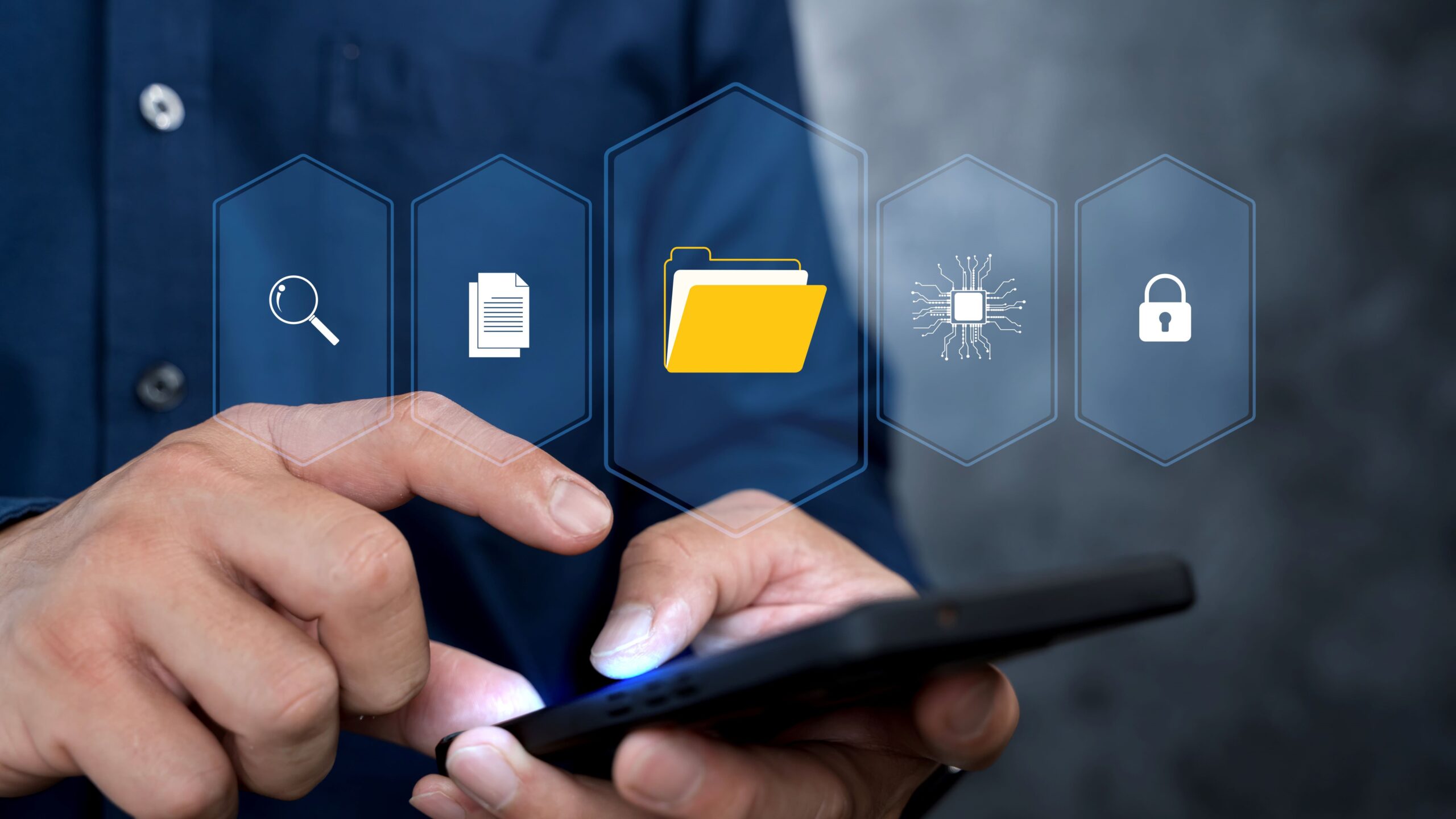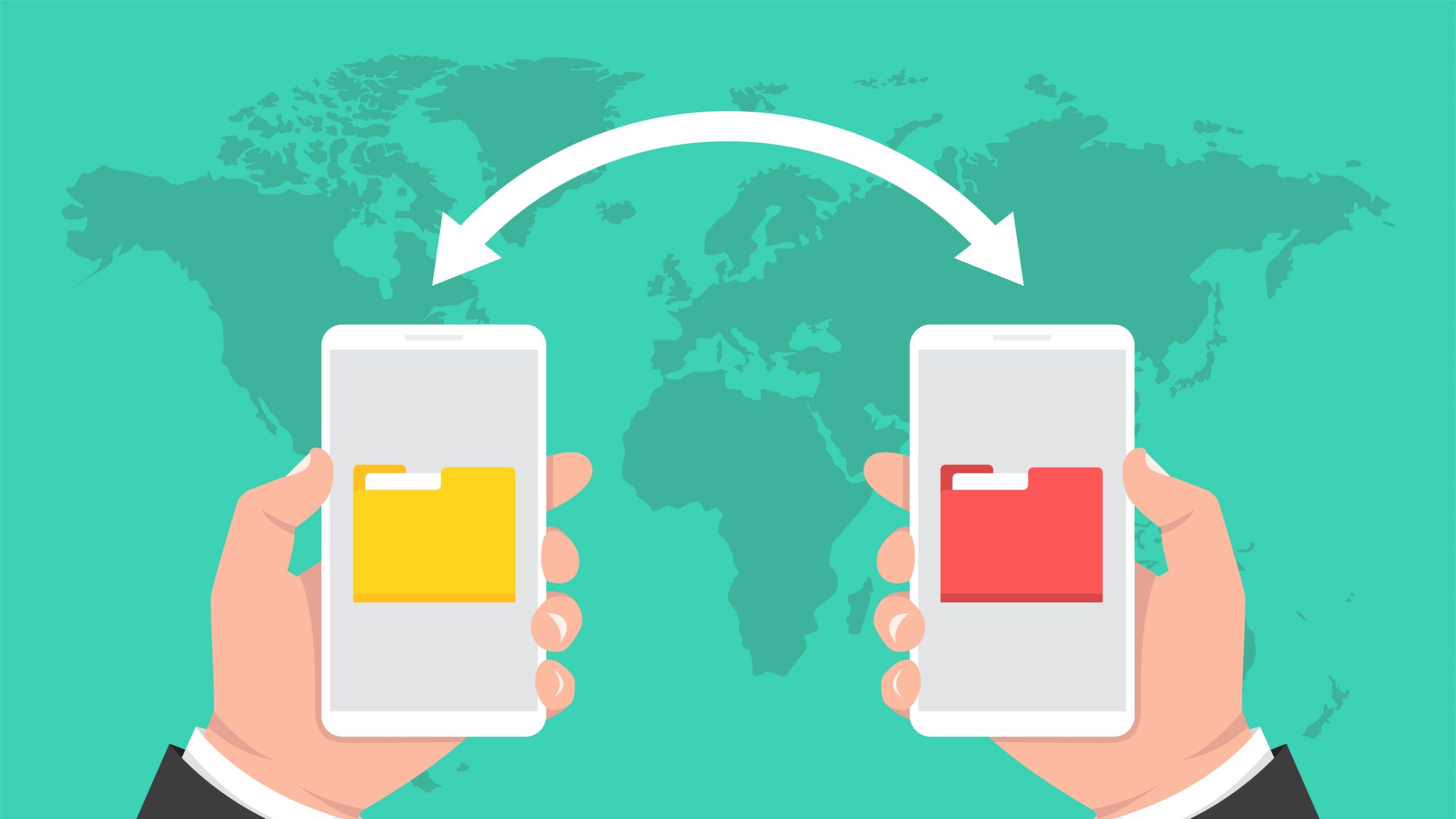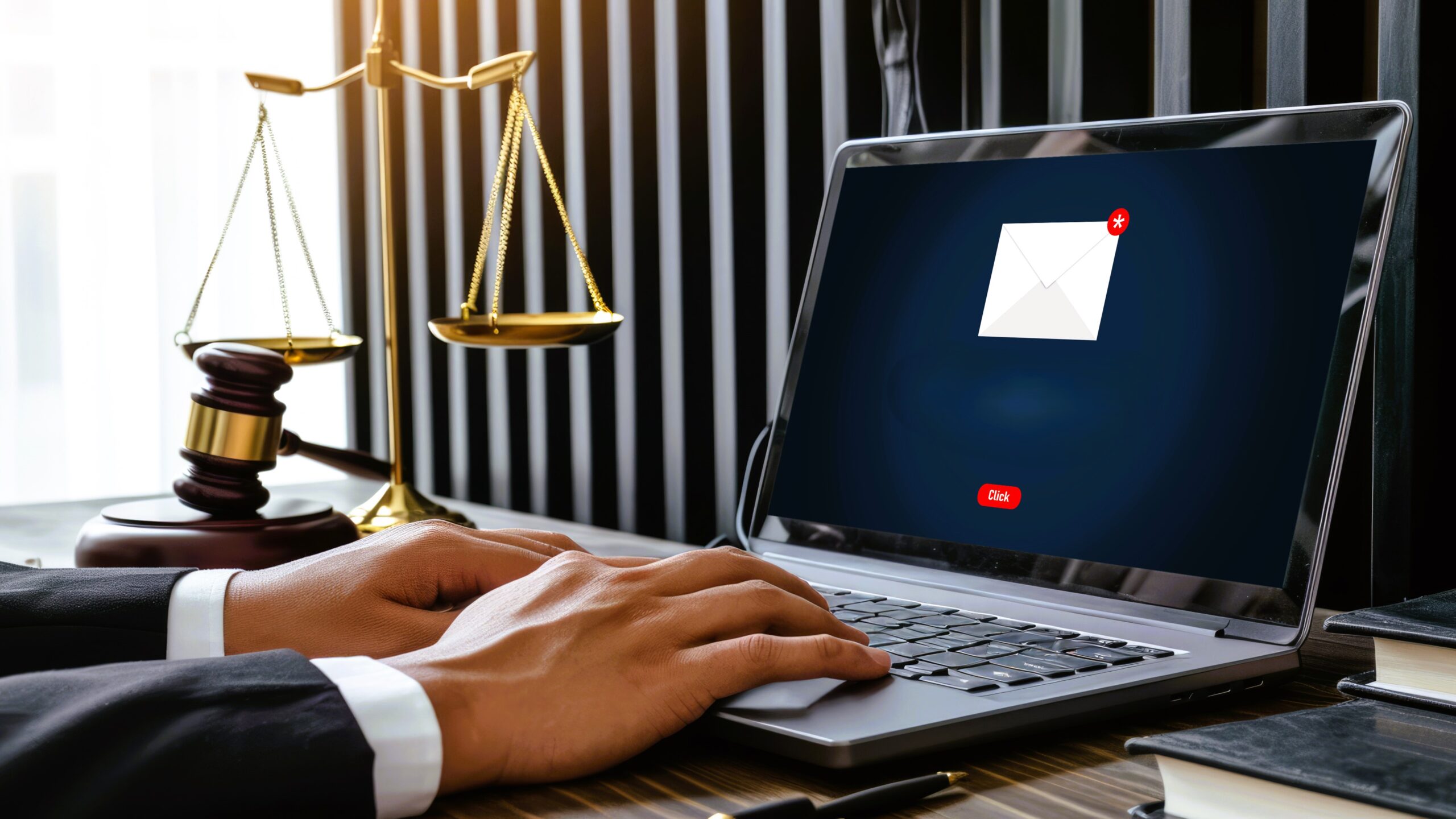When you’re storing sensitive files—personal documents, business contracts, private notes, or intellectual property—you want peace of mind. You need a secure document app that doesn’t just claim to protect your data but actually does. But with so many apps flooding the market, how do you separate marketing fluff from real security? Let’s walk through exactly what to look for in a secure document app so that your information stays safe, private, and always accessible when you need it.
Understanding What “Secure” Really Means
When we talk about a secure document app, we’re really talking about more than just a password or a lock screen. Security means protecting your valuable information from a wide range of threats that can come from many directions. In today’s digital world, your data is incredibly valuable—so valuable, in fact, that some experts call it “the new oil.” Just like oil, if it falls into the wrong hands, it can be exploited, stolen, or weaponized against you. That’s why security should always be your number one priority when choosing any app to store your documents. It’s about making sure your sensitive files are protected from theft, unauthorized access, malware infections, ransomware attacks, and even accidental leaks that could expose your personal or business information.
Data theft is one of the most common and damaging risks you face. Hackers constantly look for vulnerabilities in apps to steal confidential data and use it for financial gain or identity theft. But it’s not just outsiders you have to worry about. Insider threats—when someone within your organization or circle accesses and leaks information—can be just as harmful. Malware and ransomware pose another level of threat, often locking you out of your own files or corrupting them unless you pay a ransom. Even something as simple as a misconfigured cloud setting can accidentally make your private documents publicly accessible, causing irreversible damage to your privacy and reputation.
Understanding these threats helps you realize how complex security really is. A truly secure document app has to defend against unauthorized access from hackers and malicious software, while also controlling who inside your circle can see or edit documents. It must keep your credentials safe to prevent phishing attacks that steal your login information and monitor its own infrastructure to avoid misconfigurations that expose your data to the public. This multi-layered approach is essential because any weak link can lead to data breaches or loss, no matter how strong the other defenses are.
Choosing a secure document app means trusting a system that recognizes all these challenges and actively protects you from them. It’s about finding software designed with the knowledge that your data faces constant threats, both external and internal. Security is no longer just a feature—it’s the foundation. Without it, the convenience of digital document storage quickly turns into a risky gamble, putting your personal and professional information at serious risk. So, when you hear “secure,” think beyond simple locks and passwords, and focus on comprehensive protection against a constantly evolving landscape of threats.
End-to-End Encryption Is Non-Negotiable
| Aspect | Description | Importance | Real-World Analogy | Risks Without It |
| What Is End-to-End Encryption | A security method where data is encrypted on the sender’s device and only decrypted on the receiver’s device. No third party, including the app provider, can access the content. | Ensures absolute privacy and confidentiality of your documents by preventing unauthorized access throughout transmission and storage. | Sending a locked box that only you and the recipient have the key to open. | Data can be intercepted, read, or tampered with by hackers, service providers, or malicious actors. |
| Encryption Keys | The unique codes used to lock (encrypt) and unlock (decrypt) your data. These keys are stored only on your devices and never shared. | Critical because possession of these keys grants access to your documents, so keeping them private is essential. | Having a unique key that only you carry for your personal safe. | If keys are accessible to others, they can unlock and read your sensitive information. |
| Data Protection During Transit | Ensures data remains encrypted while being sent over the internet between devices. | Prevents interception by cybercriminals who might monitor data traveling online. | Like sending a sealed, tamper-proof envelope through the mail. | Without this, attackers can intercept and steal your documents in transit. |
| Data Protection At Rest | Keeps data encrypted when stored on servers or devices, even when not actively being used or transmitted. | Protects stored data from breaches if servers are hacked or devices are lost/stolen. | Locking your valuables in a secure, unbreakable safe. | Without encryption at rest, stolen or leaked files can be easily accessed. |
| Why Demand E2EE | It guarantees that only you and the intended recipient have access, removing risks from service providers or outsiders accessing your files. | Provides peace of mind, trust, and legal protection for sensitive data. | Knowing that your private letters are read only by the person you sent them to. | Apps lacking E2EE leave your documents vulnerable to unauthorized access, breaches, and misuse. |
Zero-Knowledge Architecture: The Ultimate Privacy Feature
- Zero-knowledge architecture means that the service provider has absolutely no access to the contents you store. This is a game-changer because even if the company is legally forced to share your data, they simply cannot comply—they don’t possess the keys or information needed to read your files.
- The essence of zero-knowledge is complete privacy. The data you upload is encrypted in such a way that only you hold the decryption keys. This means your documents remain unreadable to anyone else, including the app developers, system administrators, or potential hackers who might breach the servers.
- Imagine writing your most private thoughts in a secret code or language that only you understand. Even if someone takes your diary, all they see is meaningless symbols and characters. That’s how zero-knowledge protects your information—it turns your data into something unintelligible without your unique key.
- This architecture eliminates any chance of insider threats from the service provider’s side. Since the company cannot see your data, employees or administrators cannot snoop or misuse your documents. It removes a whole class of privacy risks that exist with traditional storage services.
- Zero-knowledge also enhances security in the event of data breaches. If hackers infiltrate the provider’s servers, they only gain access to encrypted files that are useless without the corresponding decryption keys that only you control.
- Unlike many other security measures, zero-knowledge shifts full control and responsibility for data privacy to the user. This means you must keep your encryption keys or passwords safe—if you lose them, even the service provider won’t be able to recover your data.
- The approach supports end-to-end encryption but goes further by ensuring the provider can’t perform any background scanning or data mining on your files. This is critical for sensitive documents, business secrets, or personal information you want to keep entirely confidential.
- With zero-knowledge, there is no risk of unauthorized data sharing or accidental exposure caused by human error within the service provider’s organization. Since no one has access, there’s nothing to accidentally leak.
- This architecture often comes with a higher level of transparency and trust, as providers openly advertise their inability to access user data, making it a preferred choice for privacy-conscious users and businesses alike.
Audit Trails and Version History
When it comes to secure document management, knowing exactly who did what and when is crucial. This is where audit trails come into play. A secure document app should provide detailed logs that track every interaction with your files—who accessed them, when they did so, and what actions they performed. This level of transparency isn’t just a nice-to-have; it’s essential for many professional environments. In business collaborations, legal documentation, and remote teams, audit trails help ensure accountability and build trust among participants. They also serve as a critical tool for compliance, making it easier to meet regulatory requirements and investigate any suspicious activity.
Audit trails act like a digital footprint, recording every click, edit, download, or share action in the document’s lifecycle. This means if something goes wrong—whether it’s accidental data leakage, unauthorized edits, or questionable access—you have a clear record to identify what happened and who was responsible. For companies handling sensitive information, such logs provide peace of mind and can be vital in resolving disputes or proving compliance during audits. Without such a system in place, tracking changes and verifying document integrity can quickly become a chaotic guessing game.
Alongside audit trails, version history is another indispensable feature that keeps document management under control. Everyone makes mistakes, and sometimes a change or deletion happens that you didn’t intend. With a robust version control system, you can easily roll back to previous versions of a document, restoring it to an earlier state just like hitting the “undo” button in real life. This capability is a lifesaver in collaborative projects where multiple people edit the same files. It prevents loss of critical information and helps maintain the accuracy and integrity of documents over time.
Version history also supports smoother teamwork by providing context for changes made by different collaborators. You can see what edits were introduced, when they were made, and by whom, which helps in understanding the evolution of the document. This transparency reduces miscommunication and the risk of conflicting edits. In environments where precision is paramount—such as legal contracts or financial reports—having access to a detailed history and the ability to revert changes is invaluable. Together, audit trails and version history form a powerful duo that safeguards your documents, enhances collaboration, and ensures you’re always in control of your data.
Strong User Authentication
| Aspect | Description | Importance | Real-World Analogy | Risks Without It |
| Passwords | Traditional method requiring users to create and remember secret strings. However, passwords alone are often weak or reused across sites. | Basic layer of security, but insufficient on its own due to human weaknesses like predictable or reused passwords. | Like a single lock on a door that can be easily picked or duplicated. | Weak passwords increase risk of unauthorized access and account breaches. |
| Two-Factor Authentication (2FA) | Adds a second verification step (such as a code sent via SMS, authenticator apps, or hardware tokens) to verify user identity. | Greatly enhances account security by requiring two forms of proof before granting access. | A castle with both a locked door and a guard checking your identity. | Without 2FA, stolen passwords alone can give full access to attackers. |
| Biometric Logins | Uses fingerprint scans, facial recognition, or other biometrics to authenticate users quickly and securely. | Combines convenience with high security, as biometrics are unique to each individual. | Like a fingerprint scanner that only opens the door for you. | Without biometric options, users might rely on weaker passwords or be vulnerable to phishing. |
| Single Sign-On (SSO) Integration | Allows users to access multiple apps or services using one set of credentials, often managed by organizations to enforce security policies. | Simplifies login while improving security by centralizing authentication and enforcing stronger controls. | Having one master key that opens several locked rooms in a secure facility. | Without SSO, users manage many passwords, increasing risk of weak or repeated passwords. |
| Layered Security Approach | Combining multiple authentication methods and security layers to create a robust defense system. | Essential to protect sensitive data, as relying on a single method is risky. | A castle with a moat, drawbridge, guards, and locked doors — multiple barriers for attackers to overcome. | Single-layer security leaves accounts vulnerable to various attack vectors like phishing or brute force. |
Secure File Sharing Capabilities
- First and foremost, controlling who can do what with your shared files is absolutely crucial. You want to be able to set very specific permissions for every person you share with. This means deciding whether someone can just view a document, or if they’re allowed to edit it, download it, or even share it further. Having this level of control ensures your sensitive data doesn’t end up in the wrong hands or get altered without your consent.
- Password protection on shared files is a feature that can’t be overlooked. Think of it like handing someone a locked briefcase — they need the right code to open it. Even if someone gets hold of the shared link, without the password, the file remains inaccessible. This adds an extra layer of security that’s especially useful when sharing confidential or private information.
- Setting expiration dates on shared links is another smart way to maintain control over your files. Sometimes you only want someone to have access temporarily, maybe just for a few hours or days. Once the expiration date hits, the link becomes useless, preventing any future unauthorized access. It’s like giving out a temporary guest pass that automatically expires — simple, effective, and secure.
- One of the biggest headaches when sharing files is accidentally sending them to the wrong person. That’s why a real-time revoke option is absolutely essential. If you realize you made a mistake, you should be able to instantly cut off access, no questions asked. This immediate action helps prevent data leaks or misuse, giving you peace of mind that you remain in full control.
- In addition to basic sharing features, some secure document apps also allow for detailed activity tracking on shared files. This means you can see who has opened the file, when they accessed it, and what changes (if any) they made. Knowing exactly what’s happening with your shared documents helps you spot any suspicious activity and respond quickly if something feels off.
- Another handy feature is the ability to share files selectively with groups or individual users rather than broadcasting them widely. This granular sharing approach means only the people who truly need the information get it, minimizing the risk of accidental exposure.





